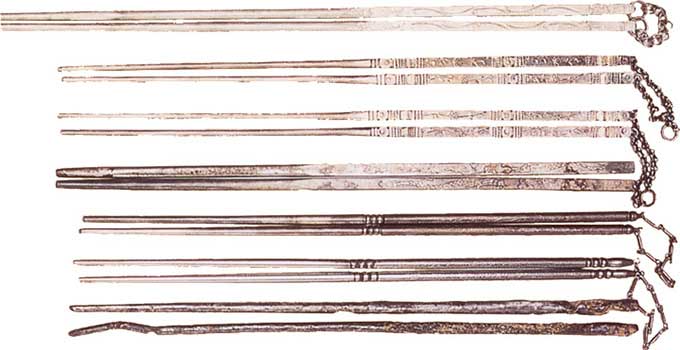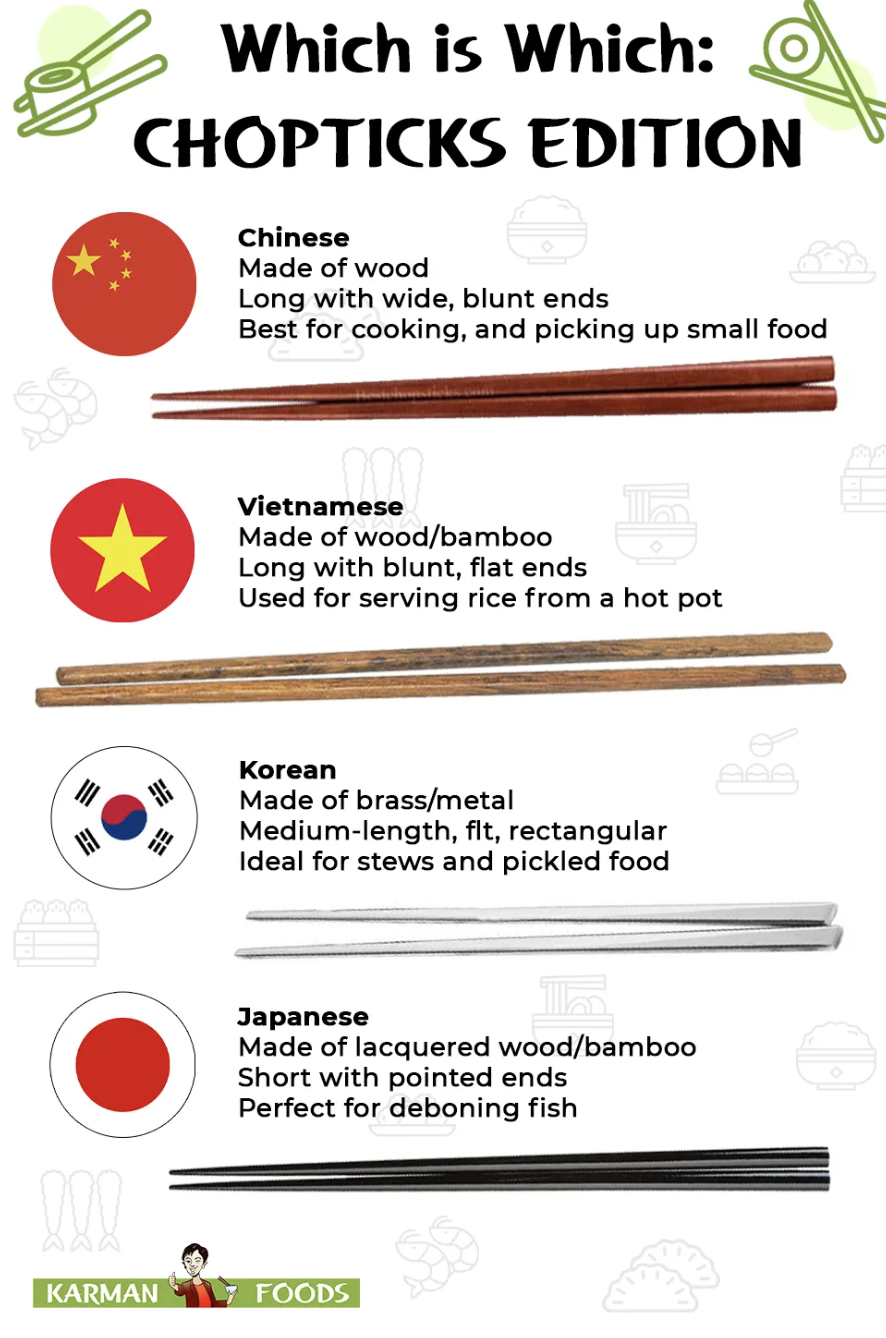A Brief History of Chopsticks: Unraveling the Cultural Significance
Chopsticks have been an integral part of Asian culture for centuries, with a rich and fascinating history that spans across different countries and dynasties. These simple utensils, consisting of two slender sticks used for picking up food, have played a significant role in shaping culinary traditions, social customs, and even artistic expressions. In this article, we will explore the captivating history of chopsticks, tracing their origins and evolution throughout the ages.
The exact origins of chopsticks are shrouded in the mists of time, making it difficult to pinpoint their precise beginnings. However, it is widely believed that chopsticks first emerged in ancient China around 1200-1100 BCE, during the Shang Dynasty. Initially, they were primarily used for cooking, stirring pots, and serving food. The earliest chopsticks were made from various materials, such as bamboo, wood, or bone.

(History of chopsticks)
During the Zhou Dynasty (1046-256 BCE), chopsticks started to gain popularity as an eating utensil. However, their usage remained confined to the elite classes and religious rituals. It wasn't until the Han Dynasty (206 BCE-220 CE) that chopsticks became more widely adopted by the general population. The spread of Buddhism during this period played a crucial role in popularizing the use of chopsticks for eating, as the religion advocated vegetarianism and the consumption of smaller food portions.
Chopsticks eventually made their way to neighboring countries such as Japan, Korea, and Vietnam, where they became an integral part of their respective cultures. Each region, however, developed its own unique styles and customs surrounding chopstick use. In Japan, chopsticks, known as "hashi," evolved into a refined and artistic form. They were often made from lacquered wood and adorned with intricate designs. Japanese chopsticks were also shorter and had a more pointed end, making them ideal for picking up delicate pieces of food like sushi.
In Korea, chopsticks, called "jeotgarak," were traditionally made of metal, often silver or bronze. They were longer and flatter than their Chinese and Japanese counterparts, reflecting the emphasis on communal dining and sharing dishes. Vietnam also has its own variation of chopsticks known as "đũa," which are typically made from bamboo and feature a rounder, thicker design.

As the use of chopsticks spread across Asia, so did the cultural significance and etiquette associated with them. Proper chopstick etiquette became an essential aspect of dining etiquette in many Asian countries. For example, in China, it is considered impolite to leave chopsticks sticking upright in a bowl of rice, as this resembles incense burned for the dead. In Japan, passing food from one pair of chopsticks to another is reminiscent of funeral rituals and is therefore avoided.
Chopsticks have also played a role in shaping Asian cuisine. The unique design and functionality of chopsticks influenced the types of dishes and cooking techniques developed in the region. Foods were often prepared in bite-sized portions or cut into small, manageable pieces to facilitate easy picking with chopsticks. Noodles, stir-fries, and rice dishes became staples of Asian cuisine, perfectly suited for chopstick consumption.
In recent years, chopsticks have gained international popularity as Asian cuisine has become more widespread and appreciated around the world. Chopstick usage is no longer limited to Asian communities, and people from various cultural backgrounds have embraced the use of chopsticks as an alternative and enjoyable way to savor their meals.
In conclusion, the history of chopsticks is a testament to their enduring significance in Asian culture. From their humble beginnings as cooking and serving utensils in ancient China to becoming an iconic symbol of Asian cuisine, chopsticks have played a pivotal role in shaping culinary traditions, social customs, and artistic expressions throughout the ages. As we continue to celebrate and enjoy the diverse flavors of Asian cuisine, let us also appreciate the cultural heritage and timeless elegance embodied by these humble yet remarkable utensils.